Category: chess strategy
-

Dunst Opening
The Dunst Opening, also known as the Sokolsky Opening (not to be confused with the Polish Opening, which has a similar name), begins with: This is a flexible and somewhat quiet opening where White focuses on piece development rather than immediate central control. It’s a move that allows White to get a solid, natural development…
-
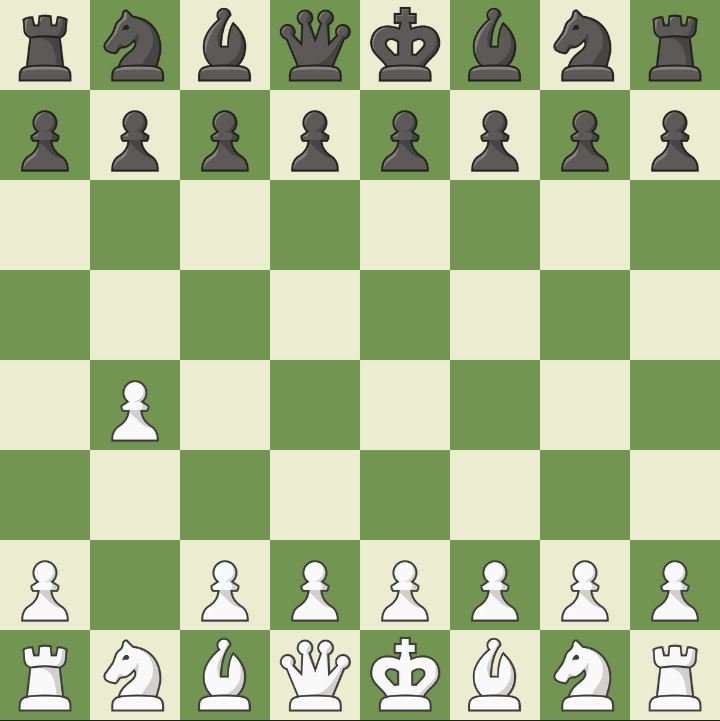
Polish Opening
The Polish Opening, also known as the Sokolsky Opening, is a very unconventional and somewhat rare chess opening that starts with: This opening is named after the Polish chess player Alexandre Sokolsky, who introduced the idea in the mid-20th century, although the move itself had been played sporadically before then. It’s considered hypermodern in nature…
-
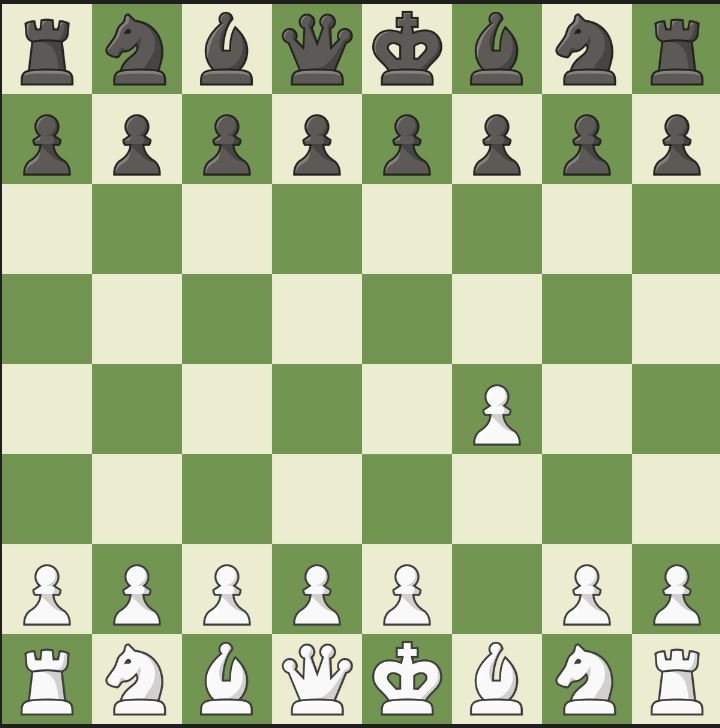
Bird’s Opening
The Bird’s Opening is an interesting and somewhat offbeat chess opening that begins with: It’s a flexible opening, often considered a “hypermodern” approach, where White aims to control the center from a distance rather than directly occupying it with pawns. The move 1. f4 sets the stage for White to later develop pieces behind the…
-
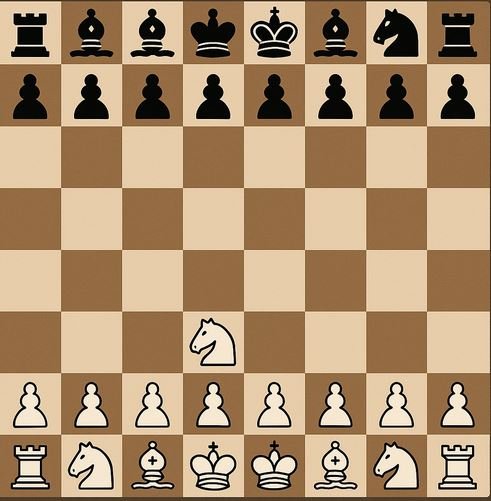
Larsen’s Opening! It’s named after the Danish Grandmaster Bent Larsen
Larsen’s Opening! It’s named after the Danish Grandmaster Bent Larsen, who was one of the most creative and unorthodox players of the 1960s and 1970s. This opening starts with 1.b3, which is quite similar to 1.g3 in its hypermodern approach, but it aims to control the center from the queenside rather than the kingside. ♟️…
-
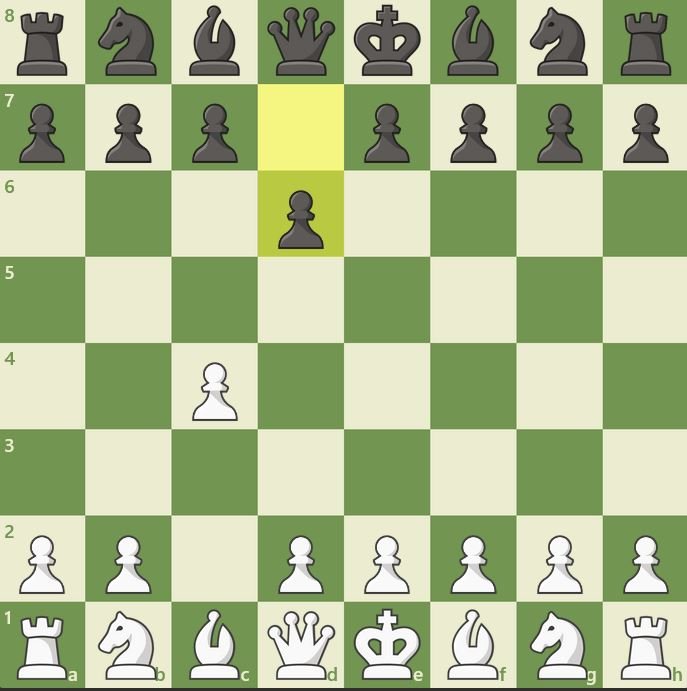
1.c4 is the English Opening, a flexible and strategic opening that aims to control the center
1.c4 is the English Opening, a flexible and strategic opening that aims to control the center (especially the d5 square) from the flank, rather than with an immediate central pawn push like 1.e4 or 1.d4. ♟️ Key Concepts of the English Opening (1.c4): ♜ Common Variations of the English Opening: 1. Symmetrical Variation 1.c4 c5…
-
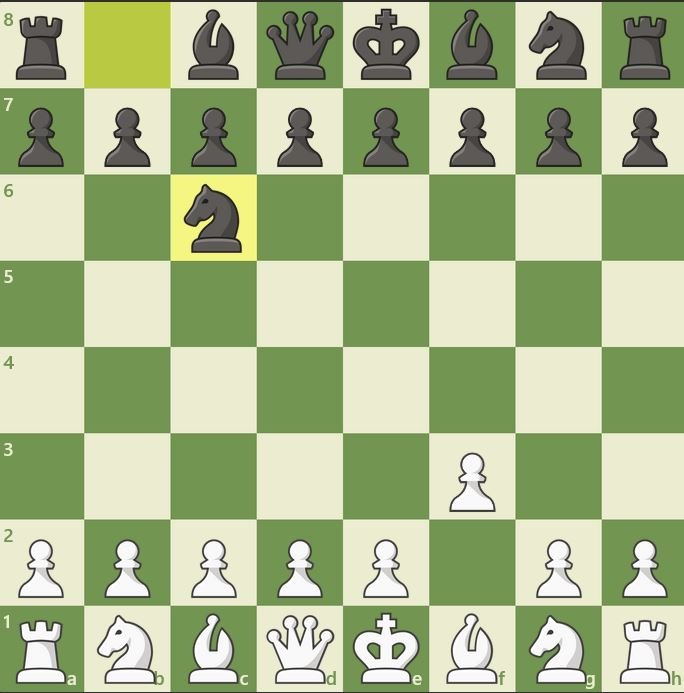
1.Nf3 is known as the Réti Opening, named after the Czech Grandmaster Richard Réti,
1.Nf3 is known as the Réti Opening, named after the Czech Grandmaster Richard Réti, one of the pioneers of the hypermodern school of chess. Key Ideas Behind 1.Nf3 – Réti Opening: Typical Continuations:
-
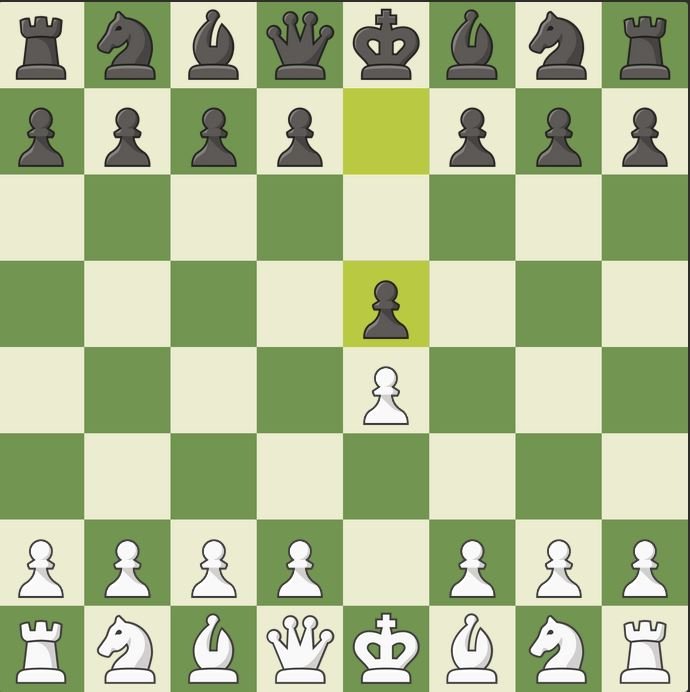
Queen’s Pawn Opening
♟️ 1.d4 – Queen’s Pawn Opening ✅ The Move: 1.d4 advances the queen’s pawn two squares: 🧠 Why Play 1.d4? ♜ Common Black Responses to 1.d4 1…d5 – Closed Game 1…Nf6 – Indian Game / Indian Defenses 📚 Major Openings That Begin with 1.d4 Opening Name Move Order Style Queen’s Gambit 1.d4 d5 2.c4 Strategic,…
-
Chess and Memory: Developing Retention Skills through Practice
Chess and Memory: Developing Retention Skills through Practice Chess is often celebrated for its ability to enhance cognitive skills, but one aspect that is frequently overlooked is its impact on memory. Playing chess can significantly improve your memory and retention skills. In this article, we will explore how chess can help sharpen your memory and…
-
The Queen’s Gambit: An In-Depth Analysis of the Opening
The Queen’s Gambit: An In-Depth Analysis of the Opening “The Queen’s Gambit” has captivated both chess enthusiasts and the general public through the acclaimed Netflix series of the same name. In the world of chess, it’s not just a fictional story but a renowned opening strategy that has been played by countless grandmasters. In this…
-
Chess for Kids: Building Cognitive Skills through Play
Chess for Kids: Building Cognitive Skills through Play Chess is often perceived as a complex game played by adults, but it can be an incredibly beneficial and enjoyable activity for kids. More than just a game, chess can serve as a powerful tool for cognitive development in children. In this article, we’ll explore how chess…